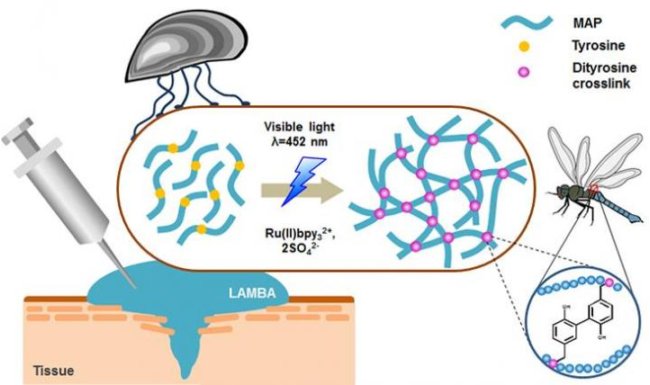
AsianScientist (Aug. 1, 2019) – Scientists in South Korea have applied data science and deep learning techniques to overcome the trial-and-error process of designing materials with unique optical properties. Their work is published in ACS Applied Materials and Interfaces.
Metamaterials are artificial materials engineered to have properties not found in naturally occurring materials. These novel properties are realized by precisely designing artificial atoms that are smaller than the wavelength of light, and therefore can control the polarization and spin of light. However, the current process of designing metamaterials is laborious and require numerous iterations before the right material is obtained.
To solve this problem, researchers led by Professors Rho Junsuk, So Sunae and Mun Jungho at the Pohang University of Science and Engineering (POSTECH) developed a deep learning program that can make design recommendations to achieve desired optical properties in metamaterials.
The researchers first had to train their algorithm on a vast amount of data, which included datasets on various existing metamaterials, as well as information about the correlation between photonic structures and their resultant optical properties. The team also sorted materials into categories and added them as a design factor in their algorithm. This effectively increased the range of possible material parameters and outcomes that could be derived by the deep learning program.
The team’s strategy not only reduced the time needed to design photonic structures, but also expanded the variety of metamaterial designs available to researchers. Hence, the researchers believe that their method could pave the way for next-generation display, security and military technologies.
“Our research was successful in bringing a higher degree of freedom to the design of metamaterials… but [the technique] still requires user input [to arrive at the desired outcome],” said Rho.
Hence, the team intends to refine their technique further to simplify and perhaps even automate the design of metamaterials for specific industrial applications.
The article can be found at: So et al. (2019) Simultaneous Inverse Design of Materials and Structures via Deep Learning: Demonstration of Dipole Resonance Engineering Using Core–Shell Nanoparticles.
———
Source: Pohang University of Science & Technology; Photo: Shutterstock.
Disclaimer: This article does not necessarily reflect the views of AsianScientist or its staff.












